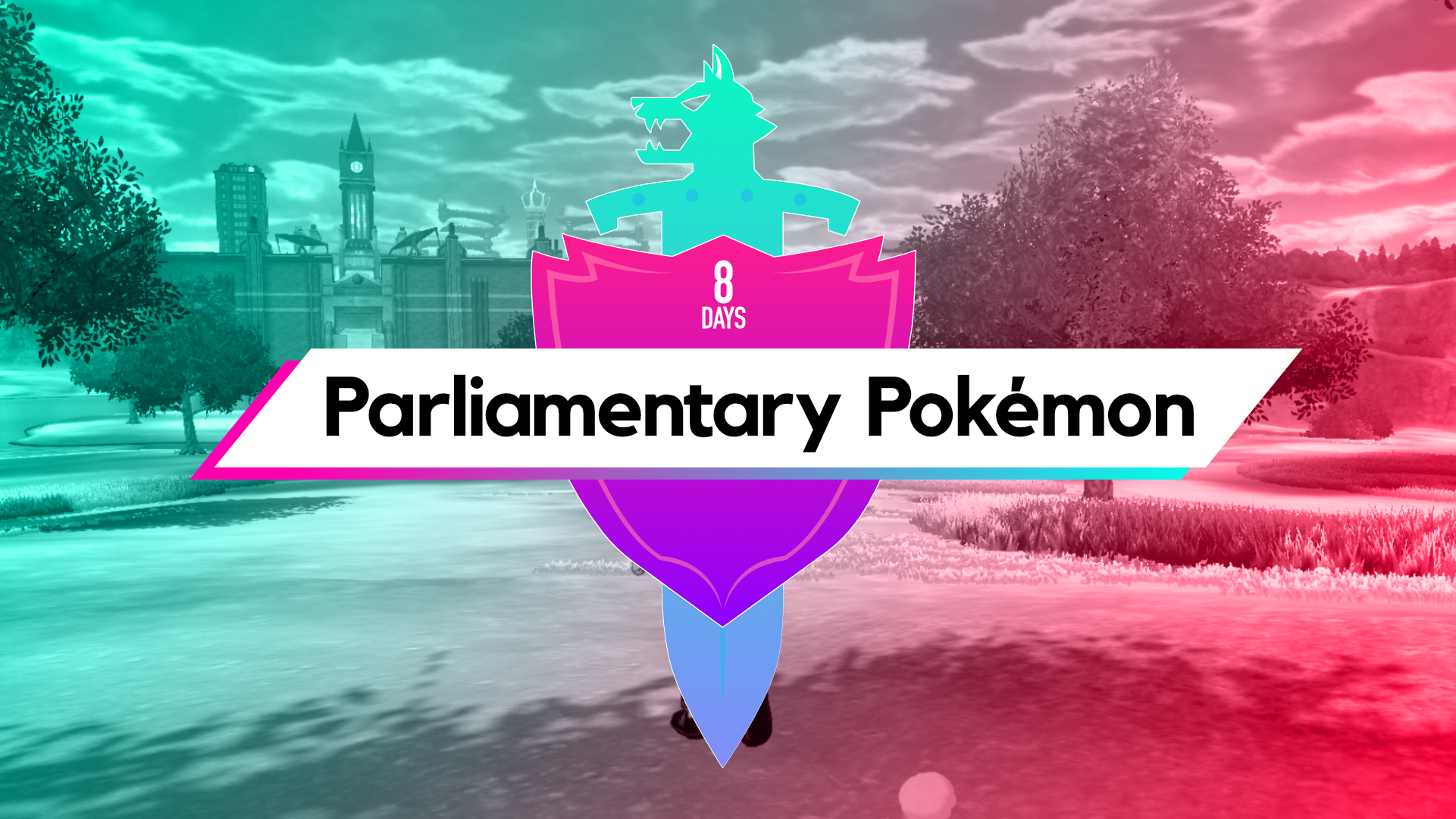8 days until Pokémon Sword & Shield release!
The Pokémon games are packed with oblique references to real-life geographies and cities, with many Pokémon reflecting the native species or culture of the analogous region. For the fans fortunate enough thus far to have their native land featured in a main series game in the franchise, this personal connection can heighten an experience that already thrives heavily on players creating a very personal journey with their Pokémon partners.
Sword and Shield has taken this trend forward with gutso; Art Director James Turner’s English heritage is on full display with abundantly British Pokémon such as Polteageist, Alcremie and Galarian Weezing. The same applies to the region’s cities, going so far as to actually be named after their real-life equivalents (the city of Stoke-on-Trent, after which Motostoke is named, is a mere twenty minutes from the author’s hometown!).

Nowhere is this more apparent in the northernmost city of Galar, an almost direct copy of the UK’s capital city of London. Readers with a keen eye will have already spotted several key landmarks, including the London Eye and the Mall at the entrance to Buckingham Palace. Perhaps the most surprising inclusion is the Palace of Westminster, the home of the UK Parliament, given that’s still a fully-operating political institution.
The Pokéjungle team just can’t get enough obscure facets of British history, so join us as we take a tour of the Palace of Westminster and the parliamentary estate through the prism of Pokémon!
Bronzong – Big Ben
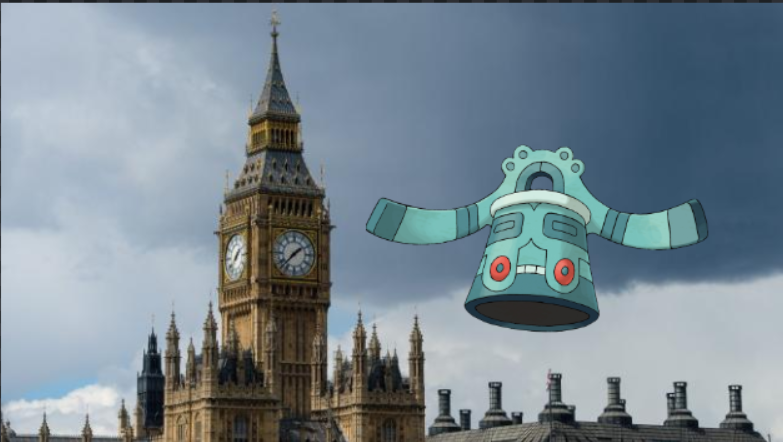
Perhaps the most iconic element of Parliament, Big Ben is the name of the bell that sits atop Elizabeth Tower, itself often confused with the bell (at present, the tower is undergoing major preservation work, leaving many tourists disappointed when presented with 100 metres of scaffolding!).
Big Ben’s creation was a troubled one. The present bell is actually the second of two that were commissioned in the mid-1800s, after the first bell cracked under extensive testing. It appeared no lessons were learned when the tower’s horologist, Edmund Beckett Denison, managed to create a crack in this second one under yet more testing! This flawed bell remains in place to this day, crack and all, though it has remained silent as the aforementioned work on the Elizabeth Tower is carried out.
Doublade – The Commons Chamber
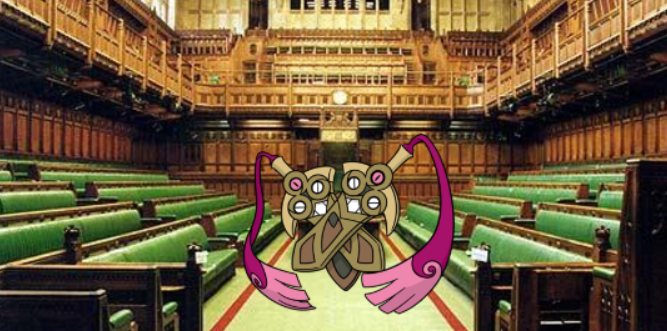
The Commons Chamber is the beating heart of Parliament. Unlike in other assemblies around the world, MPs debate the issues of the day facing their political opponents, encouraging an atmosphere of intense competition and scrutiny. Even the most successful Prime Ministers of recent times report feeling physically ill when preparing for weekly Prime Minister’s Questions, where they face the full force of interrogation by Her Majesty’s Opposition.
The space between both sets of benches is famously two sword’s lengths apart, to keep MPs from centuries past from attacking each other in the heat of the moment. Members must literally toe the red lines in the photograph above during debates, where Doublade fits quite snugly.
In fact, it’s not just Doublade who is squeezing in. The Chamber is far too small to actually fit in all 650 MPs, resulting in many having to stand around the edges of the Chamber during important business. This is entirely deliberate – after the Chamber was destroyed by bombing in WWII, Winston Churchill reconstructed it exactly as it was to create a sense of intimacy and ensure passionate debate.
Loudred – The Speaker

The Speaker is literally a central figure in the House of Commons, moderating parliamentary debates and setting the timetable for business. They are notionally independent figures elected by their fellow MPs, and by a quirk of parliamentary history they are physically dragged to their seat when awarded the role. This is because Speakers of centuries past typically had a short lifespan after their appointment, due to their habit of frustrating powerful men – it’s a dangerous job!
The role of Speaker was recently vacated by John Bercow, who proved to be a controversial figure in his ten-year tenure; loved by some for his proactive efforts to increase the power of the UK legislature and loathed by others for his habit of bending or breaking centuries-old rules. Either way, his booming voice and flowery turn of phrase contributed to Parliament’s image as a place of high drama to rival any soap opera. His recently-appointed successor, Sir Lindsay Hoyle, has a lot to live up to.
Bastiodon – The Portcullis
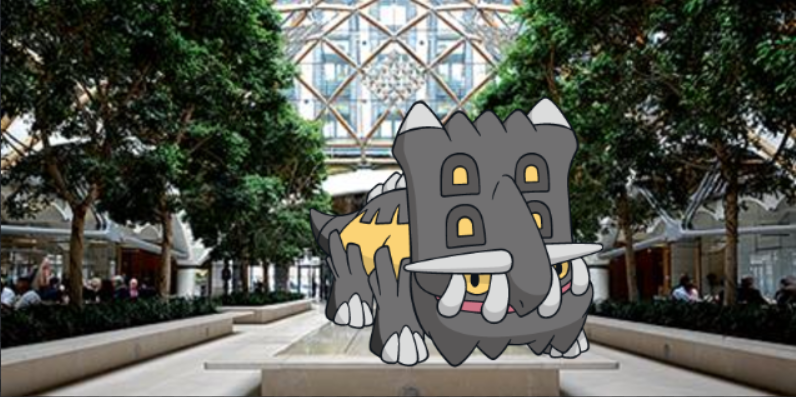
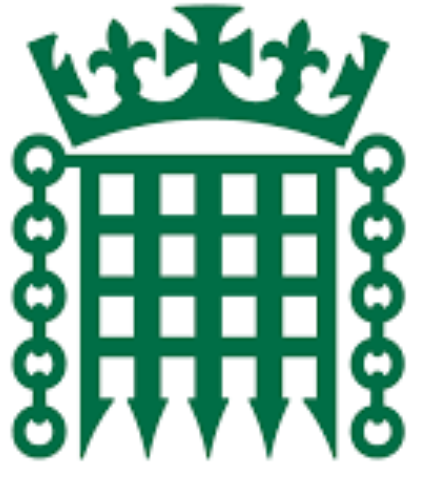
The emblem of Parliament is the crowned portcullis, signifying Parliament’s role in protecting the realm and the fact that it is empowered by the monarch. It comes in shades of both red and green, the colours of the House of Lords and the House of Commons, respectively – perhaps Parliament’s influence on the very first Pokémon games runs deeper than we think!
Portcullis House is also the name of the large building directly opposite the Elizabeth Tower, and is joined to the Palace of Westminster by an underground tunnel that runs under Westminster Bridge. Here is where you’ll find the more up-to-date offices of senior MPs, replete with a large atrium perfect for clandestine discussions and hatching devious political plots – Bastiodon seems to be enjoying the atmosphere of skullduggery!
Growlithe – The Westminster Dog of the Year
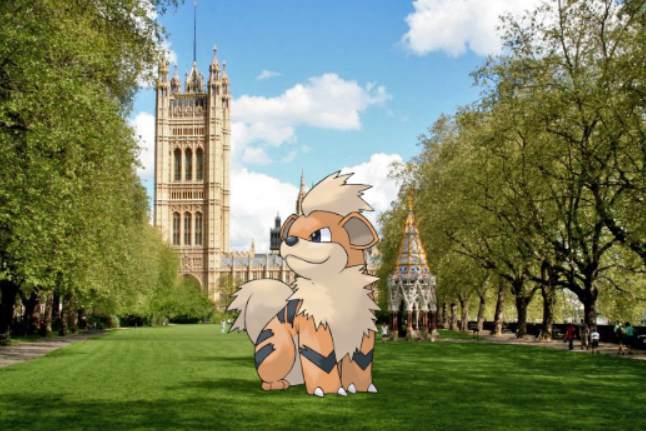
It is said that the British love of animals accounts for their coldness towards other people; whatever the case, animals are certainly prominent in British politics with several departments of state owning a cat (the most famous mog being Larry the Downing Street Cat).
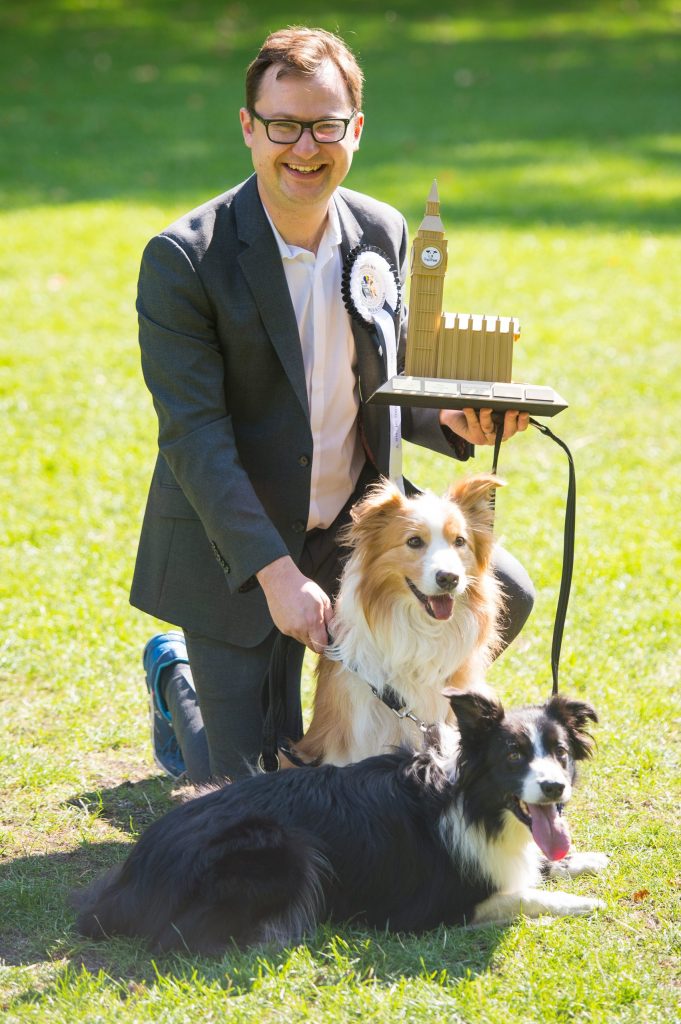
Parliament is no different. One of the key items in the parliamentary calendar is the highly-anticipated Westminster Dog of the Year, where MPs show off their prized pooches in the gardens that lie under the shadow of the Victoria Tower (in which the parliamentary archives are preserved on reams of luscious vellum). The occasion provides an opportunity for MPs from all parties to put aside their differences in the spirit of friendly competition, with the winning dog being determined by public vote.
Rattata – The Rats
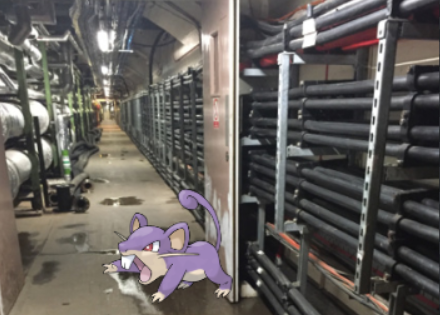
Glamorous though it may be from the outside, the Palace of Westminster is ultimately an old building, with all the associated problems; amongst these are the rats and mice that infest the parliamentary estate (why do you think Larry the Cat has a job at Number 10 Downing Street?).
The problems don’t just extent to animal infestation. Parts of the Palace’s stonework are literally crumbling and decades-old wiring has become desperately unsafe. In 2025, MPs and Lords are expected to vacate the Palace for a full six years while a staggering £3.5bn worth of work is carried out to ensure Parliament can operate at the historic site for centuries to come. Many have questioned whether such a high pricetag is worth it, but the Palace is undeniably a key part of Britain’s historical fabric regardless of who sits in it.
We hope you found that informative, readers; the PokéJungle team can’t wait to explore this location in Sword and Shield, along with the dozens of other analogues for UK landmarks in Galar! Why not give us a follow on Twitter and come join our Discord for constant Pokémon chat!

